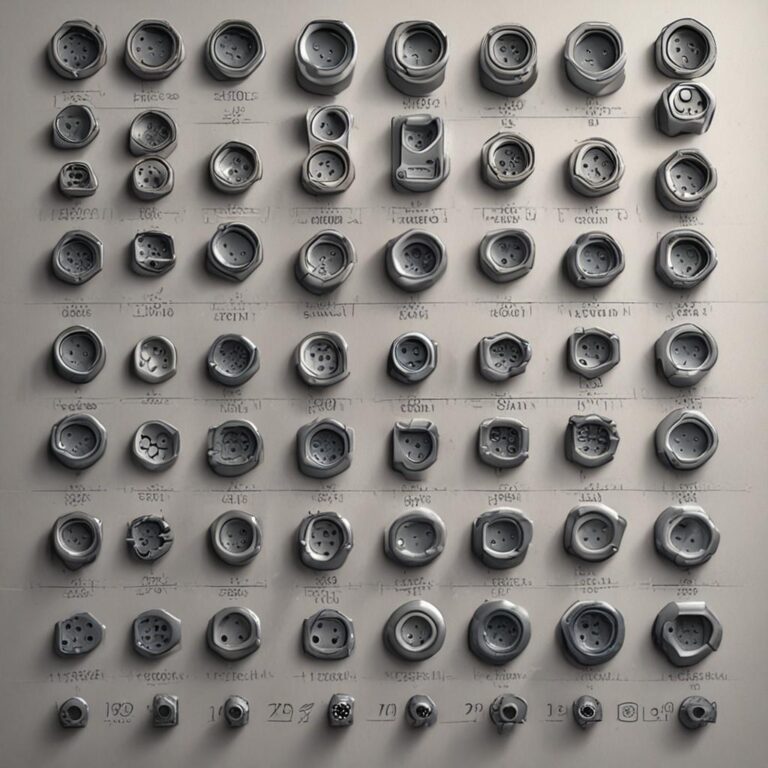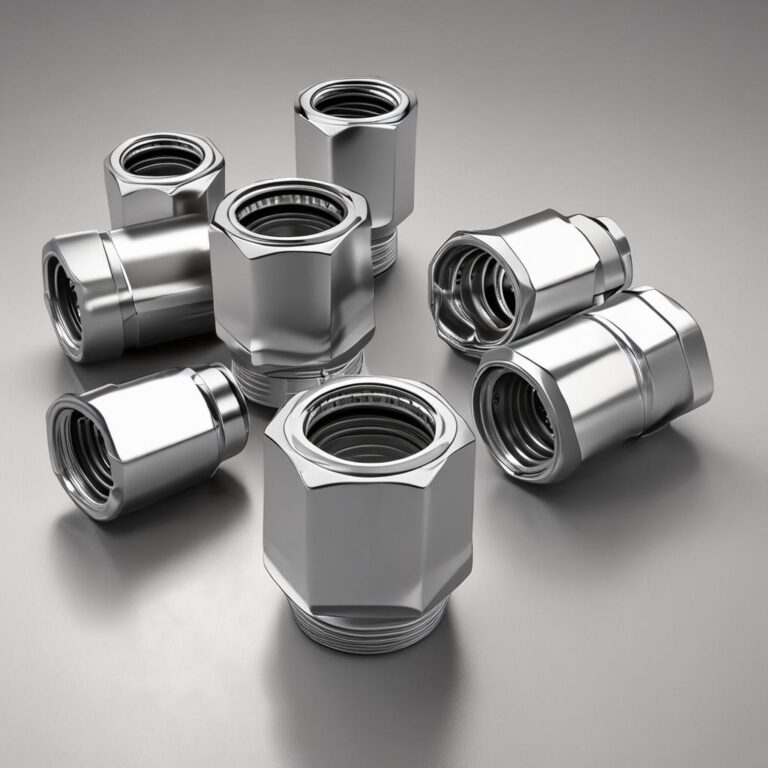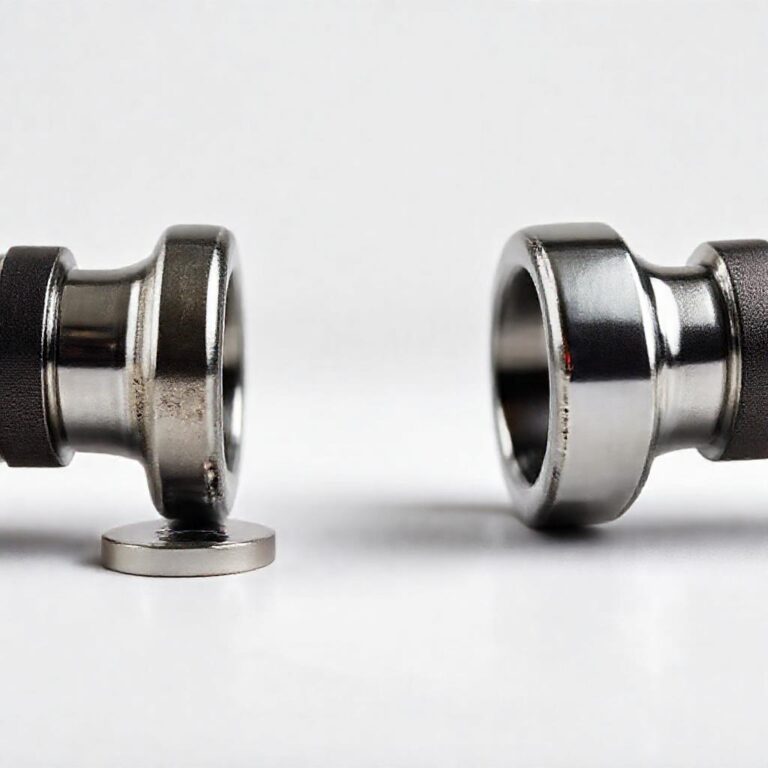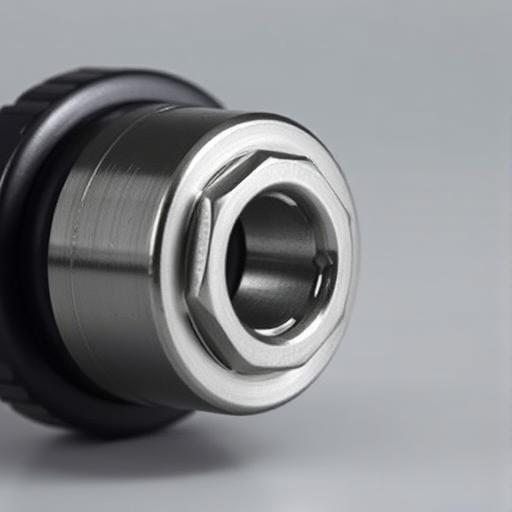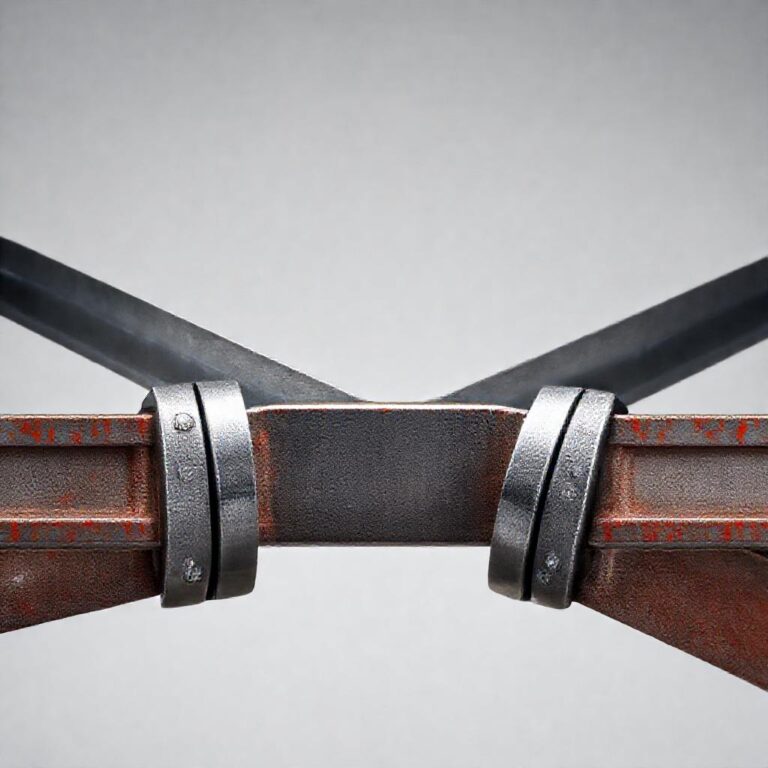Sae Socket Size Chart
Working on automotive or mechanical projects often requires the right tools, and one of the most essential is the correct socket size. SAE (Society of Automotive Engineers) socket sizes are a standard in the U.S. and many other regions, ensuring compatibility with a wide range of fasteners. However, choosing the wrong size can lead to stripped bolts, rounded edges, and wasted time. This guide provides a complete SAE socket size chart and explains how to select the right socket for every job, ensuring efficiency and safety in your work.
Understanding SAE Socket Sizes
What is SAE?
SAE refers to the Society of Automotive Engineers, an organization that sets industry standards for automotive and mechanical components, including socket sizes. SAE sockets are measured in fractional inches, unlike metric sockets, which use millimeters. In the U.S., many older vehicles and machinery still use SAE fasteners, making these sockets indispensable for mechanics and DIY enthusiasts.
Common SAE Socket Size Ranges
SAE sockets come in various sizes to accommodate different fasteners. The most common ranges include:
- 1/4″ drive sockets – Ideal for small fasteners like 5/16″ to 9/16″ bolts.
- 3/8″ drive sockets – Suitable for medium-sized bolts, such as 7/16″ to 1/2″.
- 1/2″ drive sockets – Used for larger bolts, from 9/16″ to 15/16″.
- 3/4″ and 1″ drives – For heavy-duty applications, including large lug nuts and suspension bolts.
SAE vs. Metric Sockets: Key Differences
While SAE uses fractional inches, metric sockets follow the International Organization for Standardization (ISO) system, measured in millimeters. Converting between the two can be tricky, as some sizes (e.g., 3/8″ SAE ≈ 10mm) are close but not exact. Always verify the fastener size before choosing a socket to avoid stripping or damaging the bolt.
SAE Socket Size Chart (Full Reference Table)
Standard SAE Socket Sizes (Fractional Inches)
Here’s a quick reference for common SAE socket sizes and their typical drive sizes:
| Socket Size (Fractional) | Recommended Drive Size |
|---|---|
| 5/16″ | 1/4″ |
| 11/32″ | 1/4″ |
| 3/8″ | 3/8″ or 1/2″ |
| 7/16″ | 3/8″ |
| 1/2″ | 3/8″ or 1/2″ |
| 9/16″ | 1/2″ |
| 5/8″ | 1/2″ or 3/4″ |
| 11/16″ | 1/2″ |
| 3/4″ | 3/4″ |
| 13/16″ | 3/4″ |
| 7/8″ | 3/4″ or 1″ |
| 15/16″ | 1/2″ or 3/4″ |
| 1″ | 1″ |
Drive Size Compatibility
Choosing the right drive size ensures proper torque application. Smaller drives (1/4″ or 3/8″) work for lighter tasks, while larger drives (1/2″ or 3/4″) handle heavy-duty bolts. Using a smaller drive on a large bolt risks slipping, while an oversized drive may not fit properly.
SAE vs. ANSI Socket Standards
Comparison table for SAE vs. ANSI Socket Standards
SAE and ANSI (American National Standards Institute) standards are often similar, but slight variations exist in tolerances and design. High-quality sockets meet both standards, ensuring durability and precision. Always check for ANSI or SAE certification when purchasing tools.
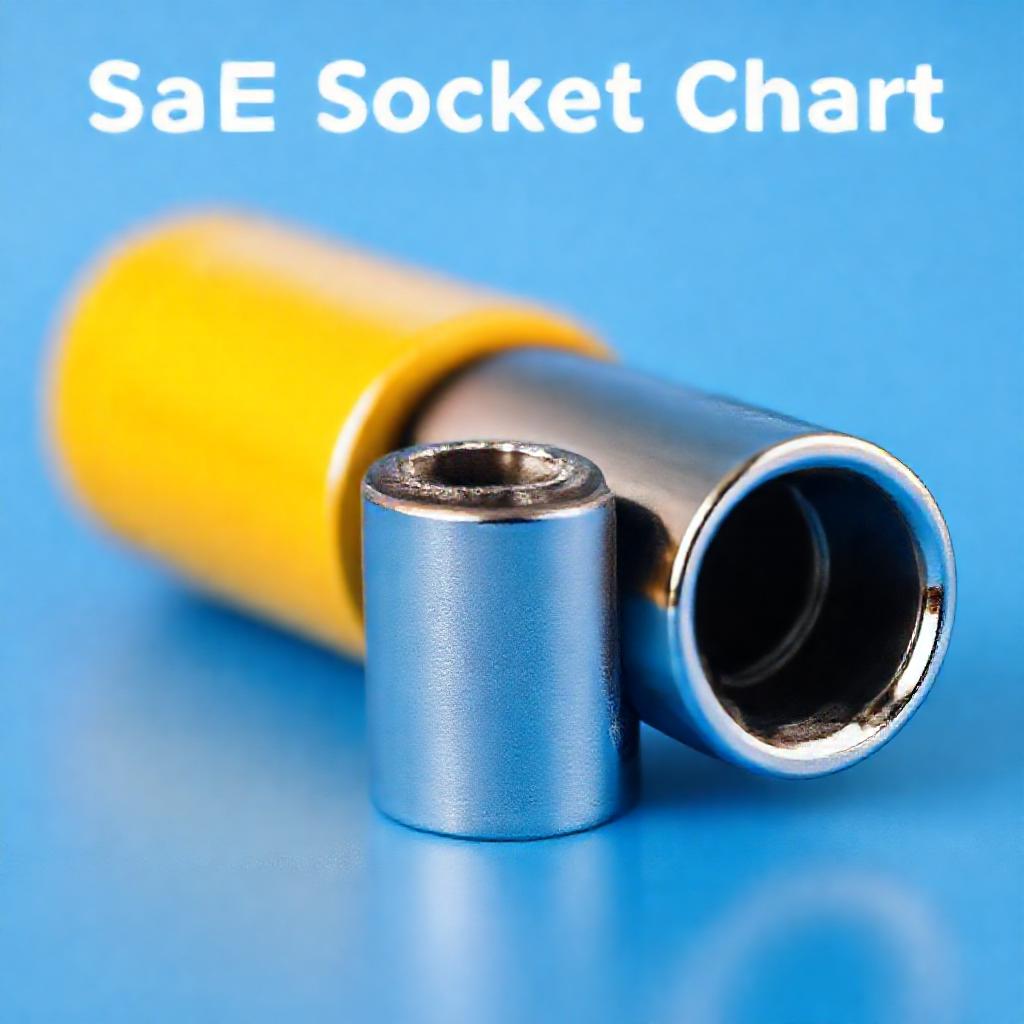
How to Choose the Right SAE Socket
Identifying Bolt Sizes
To select the correct socket, measure the bolt’s width across flats using calipers or a bolt gauge. Common SAE sizes include 5/16″, 3/8″, and 7/16″, which correspond to specific socket sizes. If unsure, refer to the SAE socket size chart for guidance.
Factors to Consider When Selecting Sockets
Beyond size, consider these factors:
- Material – Chrome-plated sockets resist corrosion, while impact-rated sockets endure high torque.
- Drive Type – 6-point sockets fit snugly on hex bolts, while 12-point sockets allow quicker turning.
- Specialty Sockets – Deep sockets reach recessed bolts, and extendable sockets provide extra reach.
Common Mistakes to Avoid
Using the wrong socket size can strip bolts or damage the socket. Always double-check the size and avoid forcing a mismatch. Additionally, ensure the drive size matches the socket to prevent slippage.
Maintenance and Care of SAE Sockets
Cleaning and Storage Tips
Keep sockets clean and dry to prevent rust. Store them in a socket tray or magnetic rack to avoid scratches. Regularly check for debris that could affect performance.
When to Replace Worn-Out Sockets
Look for signs like rounded corners, cracks, or excessive play. Impact sockets wear faster than standard ones, so replace them more frequently. A worn socket reduces efficiency and risks damaging fasteners.
Extending Socket Lifespan
Use proper technique—avoid excessive force, and apply lubrication to stubborn bolts. Store sockets properly and clean them after use to maintain longevity.
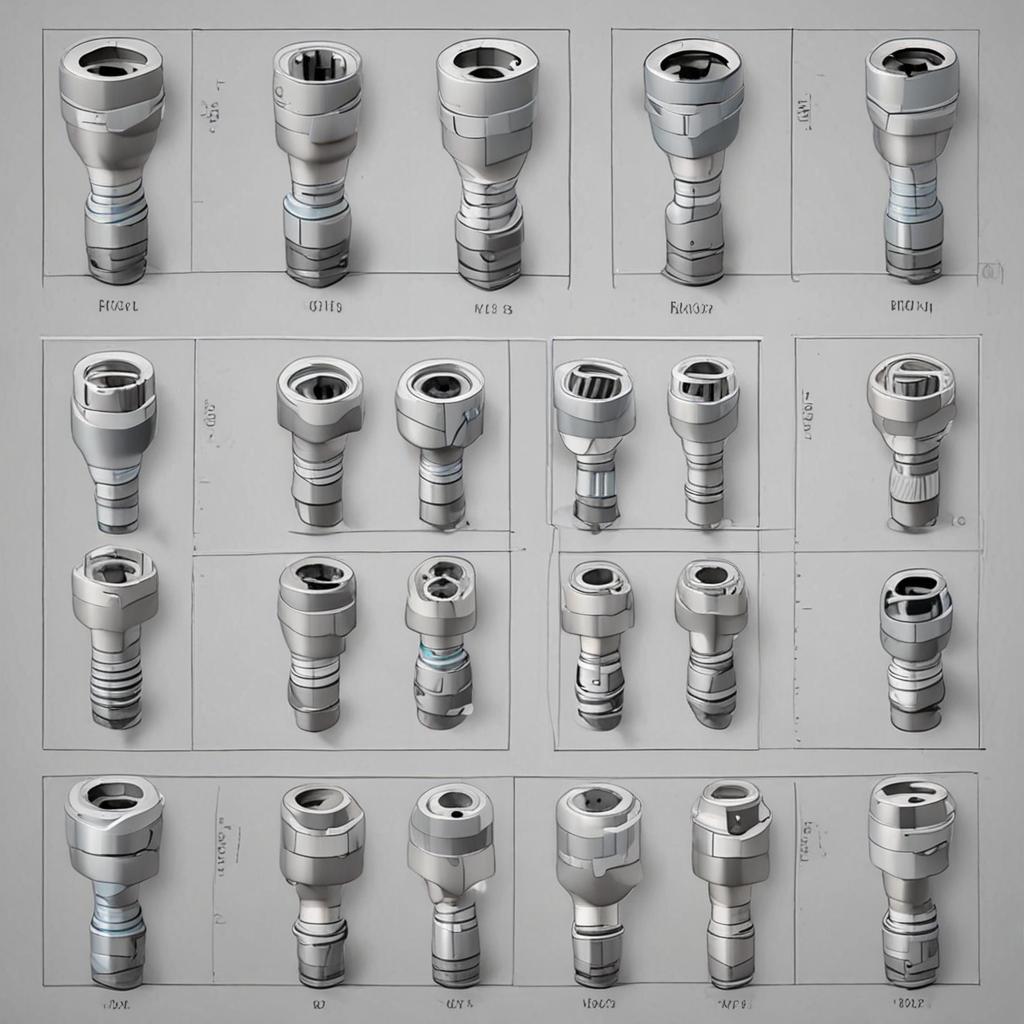
Conclusion
Choosing the right SAE socket size ensures smooth, efficient work and prevents costly mistakes. Whether you’re a professional mechanic or a DIY enthusiast, this guide and the included SAE socket size chart will help you select the perfect tool for every job. Bookmark this resource for quick reference and always prioritize precision and safety in your projects.
FAQ Section
Q1: What is the difference between SAE and metric sockets?
SAE sockets use fractional inches, while metric sockets use millimeters. Conversion is approximate, so always verify the fastener size before use.
Q2: Can I use an SAE socket on a metric bolt?
While some sizes are close, mismatched sockets can strip bolts. Use an adapter or verify the exact size before proceeding.
Q3: What does the drive size (e.g., 1/4″, 3/8″) mean?
The drive size refers to the square tool end (ratchet or breaker bar) that fits into the socket. Larger drives handle higher torque.
Q4: Are all 6-point and 12-point sockets the same?
6-point sockets provide a tighter fit for hex bolts, while 12-point sockets allow faster turning but may slip on rounded edges.
Q5: How do I know if my socket is worn out?
Signs include rounded corners, cracks, or excessive play. Replace worn sockets to maintain performance and safety.



